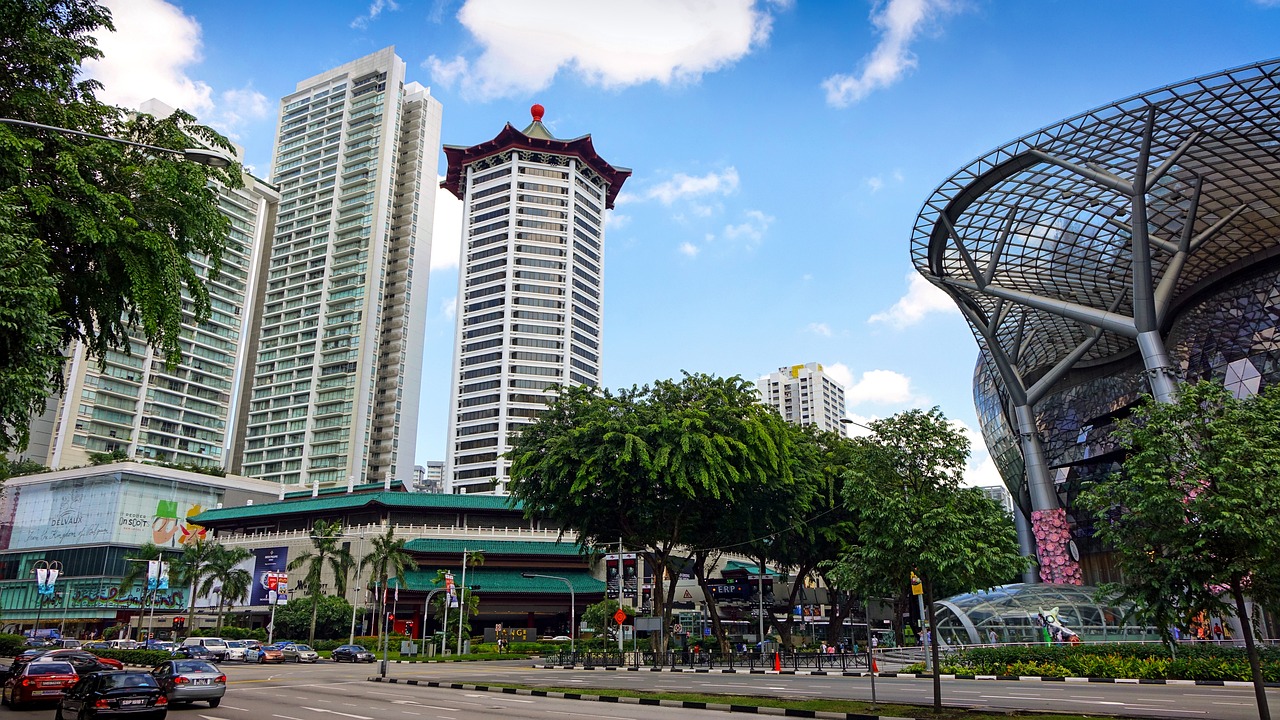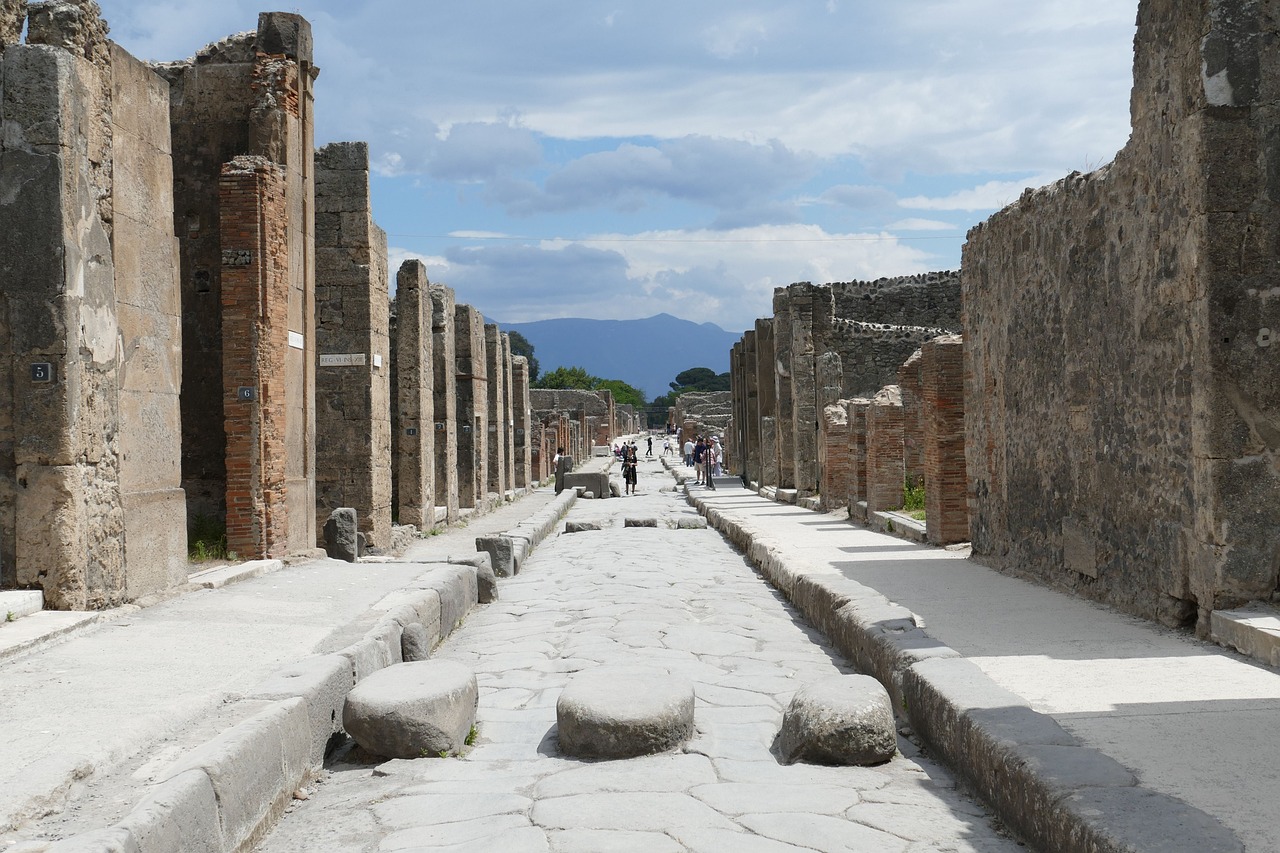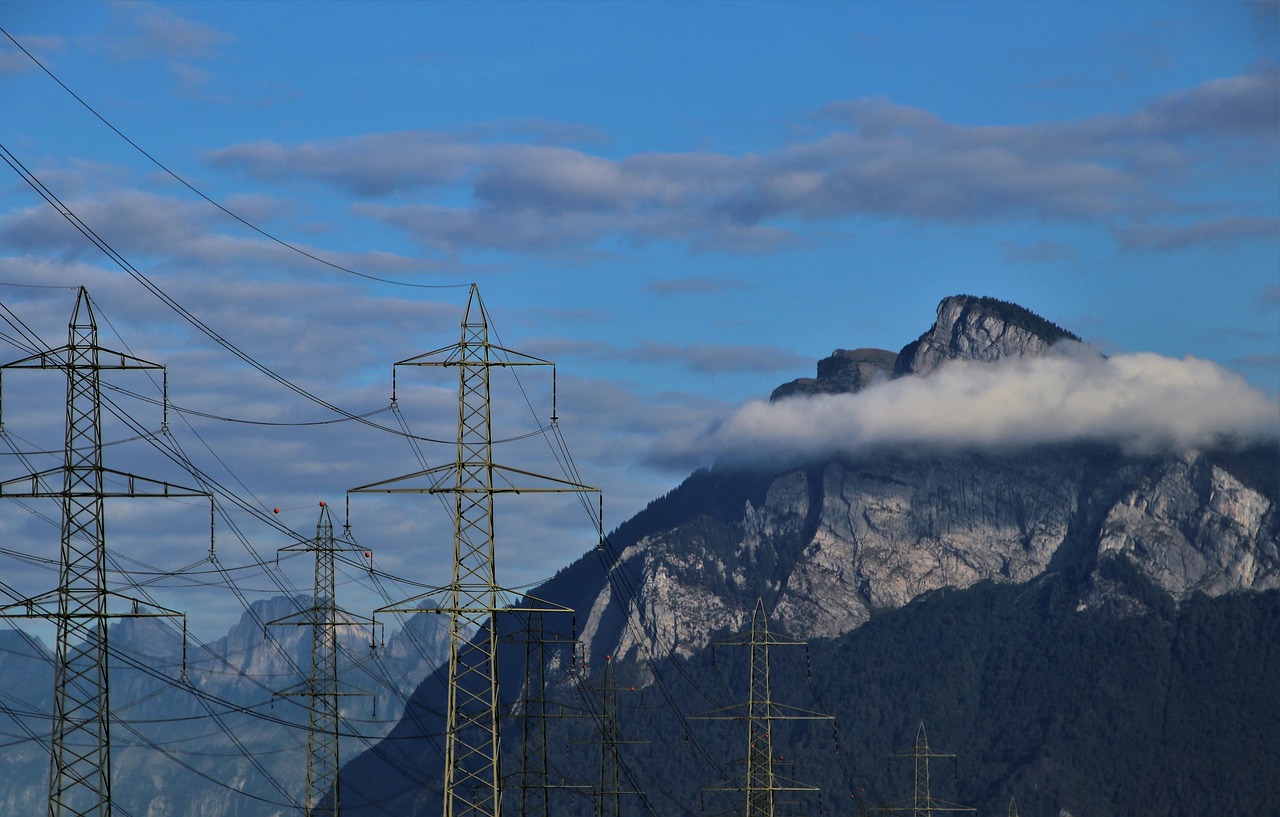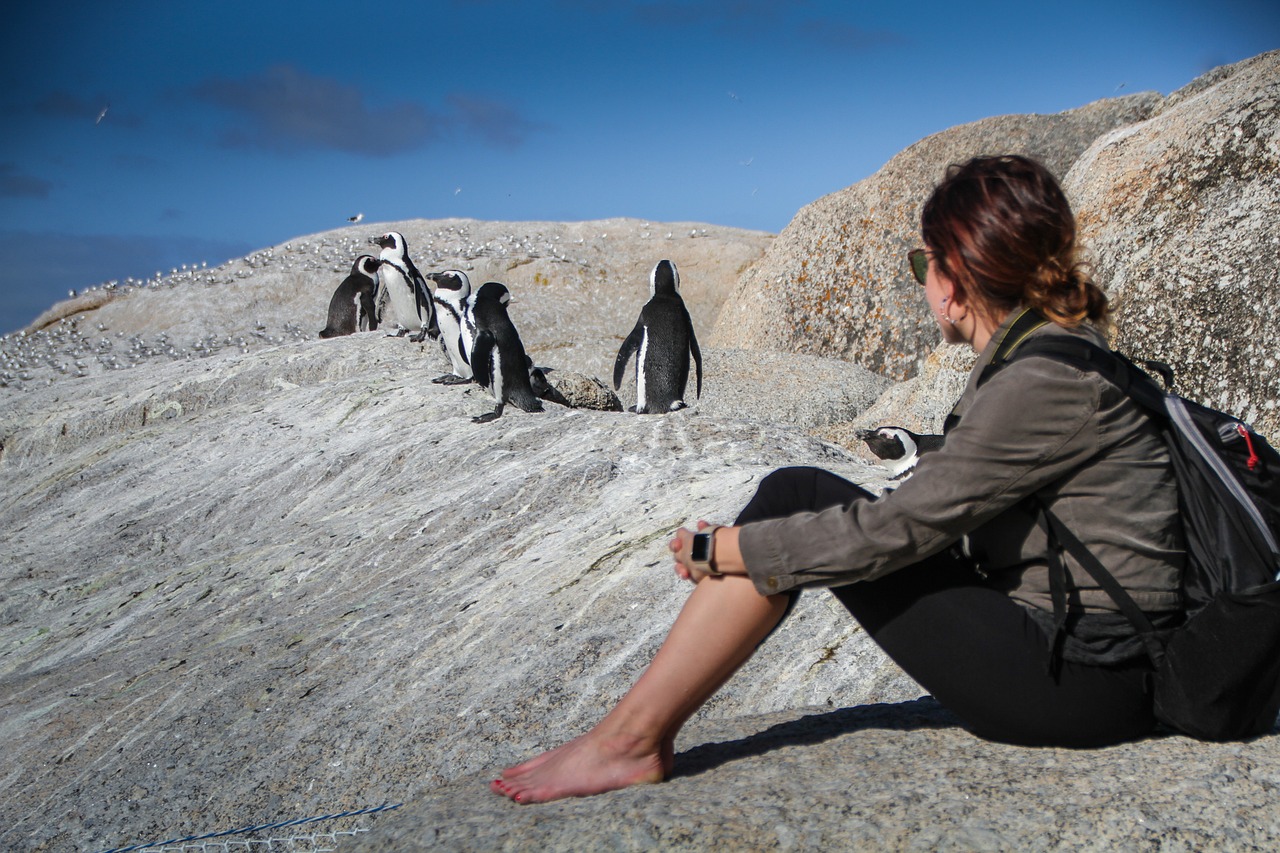Challenges of Managing Tourist Access to Sensitive Sites
Managing tourist access to sensitive sites presents a myriad of challenges that require careful consideration and strategic planning. These sites, often characterized by their environmental significance, cultural importance, or historical value, demand a delicate balance between promoting tourism and preserving their integrity.
One of the primary challenges faced in this endeavor is the Environmental Impact. Balancing tourism with conservation efforts is crucial to minimize the environmental footprint on sensitive sites. Sustainable practices and regulations play a vital role in protecting the fragile ecosystems that these sites harbor. Without proper management, the influx of tourists can lead to irreversible damage to the natural environment, disrupting the delicate balance that sustains these unique locations.
Another significant issue is Overcrowding. Excessive tourist numbers can overwhelm sensitive sites, resulting in overcrowding that strains infrastructure, damages ecosystems, and threatens cultural heritage. Implementing effective crowd management strategies is essential to ensure that the site's integrity is maintained while still allowing visitors to experience and appreciate its beauty.
Preserving the Cultural Heritage of sensitive sites poses another challenge. Finding the equilibrium between allowing tourist access for economic benefits and safeguarding the cultural significance of these locations requires thoughtful planning and collaboration with stakeholders. It is essential to protect the authenticity and historical value of these sites while making them accessible to visitors in a sustainable manner.
When it comes to Infrastructure Development, constructing facilities to support tourism without causing harm to sensitive sites is a complex task. Careful planning, sustainable construction practices, and effective visitor management are crucial to prevent degradation of the site's natural and cultural resources. Building infrastructure that enhances the visitor experience while minimizing environmental impact is key to ensuring the long-term sustainability of these locations.
Community Involvement plays a pivotal role in the management of sensitive sites. Engaging local communities in decision-making processes regarding tourism is essential for fostering sustainable development. By incorporating their knowledge, traditions, and needs into management plans, a sense of ownership and mutual benefit can be established, leading to more responsible and respectful tourism practices.
Ensuring Economic Sustainability while conserving sensitive sites is a delicate balancing act. While generating revenue from tourism is crucial for their preservation, it must be done in a way that does not compromise environmental protection or cultural heritage. Sustainable tourism practices that prioritize the well-being of the site and its surroundings are essential to prevent overexploitation and ensure long-term viability.
Establishing a Regulatory Framework is imperative for managing tourist access to sensitive sites effectively. Clear guidelines, visitor quotas, and monitoring mechanisms are essential to mitigate negative impacts and enforce responsible behavior. By implementing robust regulations, the integrity of these sites can be safeguarded for future generations to enjoy.
Educational Initiatives also play a vital role in addressing the challenges of managing tourist access to sensitive sites. Educating visitors about the significance of these locations and promoting responsible behavior through awareness campaigns, interpretive signage, and guided tours can foster a culture of respect and conservation. By instilling a sense of stewardship in visitors, these initiatives contribute to the long-term preservation of sensitive sites.

Environmental Impact
When it comes to managing tourist access to sensitive sites, one of the most critical aspects to consider is the environmental impact. These sites often harbor delicate ecosystems and unique biodiversity that can be easily disrupted by an influx of visitors. Balancing the desire for tourism with the need for conservation is paramount to ensure the long-term sustainability of these sites. Implementing sustainable practices and regulations is essential to protect the natural environment from degradation.

Overcrowding Issues
When it comes to managing tourist access to sensitive sites, one of the most pressing challenges is the issue of overcrowding. Picture this: a serene natural wonder or a historic site suddenly bombarded with hordes of tourists, overwhelming the infrastructure, trampling on delicate ecosystems, and disrupting the peace. The sheer volume of visitors can lead to a cascade of problems, from erosion of paths and degradation of cultural artifacts to disturbance of wildlife habitats.
To tackle overcrowding issues effectively, proper crowd management strategies are essential. Implementing visitor quotas, establishing designated pathways, and regulating entry times can help distribute the flow of tourists evenly, reducing the impact on the site. Imagine it like orchestrating a grand performance where each visitor plays a crucial role in maintaining the harmony of the environment.
Moreover, investing in educational initiatives can also play a significant role in addressing overcrowding. By raising awareness among visitors about the fragility of the site and the importance of responsible behavior, we can cultivate a culture of respect and conservation. Think of it as instilling a sense of stewardship in each visitor, transforming them from mere spectators to guardians of these precious sites.

Cultural Preservation
Preserving the cultural heritage of sensitive sites while allowing tourist access poses significant challenges. Imagine a delicate dance between showcasing the rich history and traditions of a site to visitors while ensuring its protection and authenticity remain intact. It's like walking a tightrope where one wrong step could lead to irreversible damage to centuries-old artifacts or sacred grounds.
One approach to addressing this challenge is through the implementation of interpretive centers or guided tours that educate visitors about the cultural significance of the site. By providing context and historical background, tourists can develop a deeper appreciation for the heritage they are experiencing, fostering a sense of respect and understanding.
Furthermore, engaging local communities in the preservation efforts can be likened to planting seeds of cultural pride and ownership. When residents are involved in decision-making processes regarding tourism activities, their connection to the site strengthens, leading to a shared responsibility for its protection.
However, balancing the need for economic sustainability with cultural preservation is akin to juggling multiple priorities. It requires careful consideration of revenue-generating activities that do not compromise the integrity of the site or exploit its cultural significance. This delicate balance demands collaboration between stakeholders, including government bodies, conservation organizations, and local communities.

Infrastructure Development
Developing infrastructure to support tourism at sensitive sites is a complex and sensitive task that requires careful consideration and planning. The challenge lies in creating facilities and amenities that enhance visitor experience without compromising the integrity of the site itself. Sustainable construction practices play a crucial role in ensuring that the infrastructure development does not harm the natural or cultural heritage of the area.
One approach to managing infrastructure development is through the use of eco-friendly materials and designs that blend harmoniously with the surrounding environment. Building structures that are in line with the local architecture and landscape can help minimize visual impact and preserve the site's authenticity. Additionally, incorporating renewable energy sources and water conservation systems can reduce the ecological footprint of the infrastructure.
Visitor management is another key aspect of infrastructure development at sensitive sites. Implementing systems to control the flow of tourists, such as designated pathways, viewing platforms, and visitor centers, can help prevent overcrowding and minimize disturbance to the site. Informational signage and interpretive displays can guide visitors while educating them about the significance of the location.
Furthermore, establishing partnerships with local communities and stakeholders is essential in the infrastructure development process. Engaging with indigenous groups, conservation organizations, and government agencies can ensure that the development aligns with the needs and values of the community. By involving local residents in decision-making processes, infrastructure projects can be tailored to benefit both visitors and the host community.
Ultimately, the goal of infrastructure development at sensitive sites is to create a sustainable and responsible tourism experience that respects the site's natural and cultural heritage. By integrating environmental considerations, visitor management strategies, and community engagement into the development process, it is possible to strike a balance between promoting tourism and preserving the integrity of these valuable locations.

Community Involvement
Community involvement plays a vital role in the sustainable management of sensitive sites. Local communities are the stewards of these areas, holding valuable knowledge and traditions that can guide responsible tourism practices. By engaging with residents and considering their needs, tourism decisions can be made in a way that benefits both the site and the community.
One approach to community involvement is through collaborative decision-making processes. By including local stakeholders in planning and management discussions, a sense of ownership and responsibility is fostered. This not only ensures that the community's voice is heard but also leads to more effective and culturally sensitive tourism strategies.
Moreover, community participation can enhance the overall visitor experience. Local residents can offer authentic insights into the history and significance of the site, enriching tourists' understanding and appreciation. This exchange of knowledge creates a deeper connection between visitors and the destination, promoting respect and mutual understanding.
Additionally, community involvement can contribute to economic opportunities for local residents. Through sustainable tourism initiatives, communities can benefit from job creation, entrepreneurial ventures, and cultural exchange programs. By involving residents in the tourism value chain, sensitive sites can become engines of economic growth and social development.
Incorporating community perspectives into tourism management also helps address social issues and concerns. By recognizing and respecting the cultural sensitivities of local populations, conflicts can be minimized, and relationships strengthened. This collaborative approach fosters a sense of shared responsibility for the preservation and promotion of sensitive sites.
In conclusion, community involvement is essential for the long-term sustainability of sensitive sites. By engaging with local residents, respecting their knowledge and traditions, and creating opportunities for economic empowerment, tourism can be managed in a way that benefits both the site and the community.

Economic Sustainability
Economic sustainability in managing tourist access to sensitive sites is a delicate balance between generating revenue for conservation efforts and ensuring the protection of the environment and cultural heritage. It involves implementing strategies that promote financial viability without compromising the integrity of the site.

